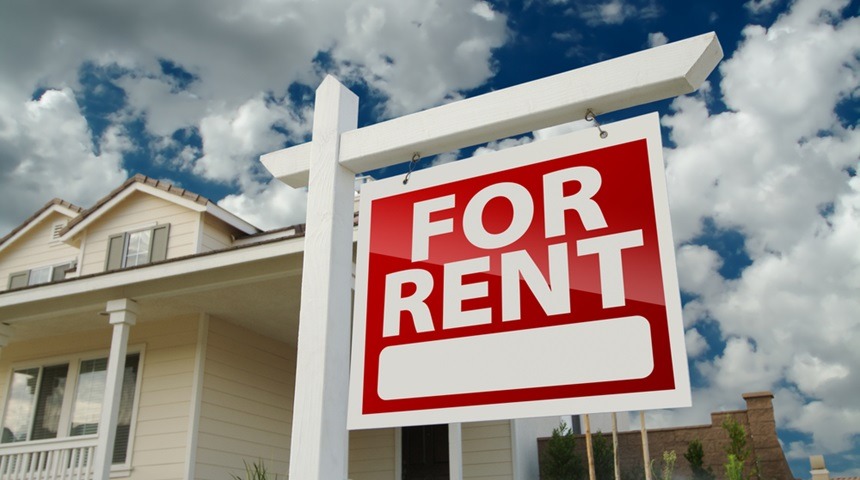HIGH POINT — A quarterly report by real estate services and investment management group Colliers International notes that retail vacancies are at their lowest level in two decades while asking rents remain on the rise.
The report, which compares 390 retail markets across the U.S., reveals that the national retail vacancy rate is 4.0%, and several key markets fall below that threshold. Most notably, Raleigh, N.C. has a retail vacancy rate of 2.0% while Boston (2.4%) and Atlanta (3.4%) are also facing tight inventories. On the other side of the coin, San Francisco has a vacancy rate of 5.9% with Los Angeles and Detroit both at 5.2% open.
Some 55.2 million square feet of retail space was under construction during the fourth quarter with 9.2 million square feet of new retail space delivered. The retail real estate market experienced 17.6 million square feet of net absorption in the quarter.
So what does that mean for expansion-minded furniture retailers? For one thing, it means more competition for less space.
“It means two things: One, if a furniture retailer wants to grow, they’ve got two options. One is to buy land and develop their own building. You do control your location but it is a challenge in that the cost of construction is relatively high and it takes two years to buy land, get it zoned, get it designed and build the building,” Ben Haverty, vice president of Colliers’ furniture service group, told Furniture Today. “That’s a large window to go into a market. A lot of retailers aren’t patient enough to do that and it takes a lot of capital.
“The other option is to be patient and wait for big box opportunities to come available in the marketplace but realize the days of deep, discounted single-digit rents are tough to come by in major markets,” Haverty continued. “Furniture loves single-digit rents, but those days are very difficult if you’re going to be in a quality location with quality neighbors. You’re probably going to pay mid-teen rents. It makes your cost to do business higher.”
While furniture retail hasn’t been its strongest in the last year-plus, many other categories are doing well and that trajectory is leading them to invest more in brick-and-mortar. That means more competition for what limited space is available.
“Specifically, furniture and appliance dealers are having a difficult time. Overall retail, specifically discount retail in general, is growing and they’re opening more locations,” Haverty said. “Even though furniture retail is struggling, physical retail is growing. Target, Home Depot, Burlington Coat Factory, HomeGoods, Ross, all these folks are reinvesting in brick and mortar. That’s still a gigantic part of their business.”
Haverty said to alleviate some of the logjam, many landlords are reinvesting in B centers. They’re cleaning the facades and parking lots and making old, tired assets presentable. “Landlords are realizing they can dramatically raise rents and attract better clients if they clean up these centers,” he said. “That’s one way the market is bringing more product to retailers.”
Another reason for optimism, Haverty said, is that many landlords are seeing retail as a prime leasing opportunity. For years, office was the No. 1 investment category but it’s still reeling from the aftereffects of COVID. Industrial and multi-family then took a turn as being the “it” category. Haverty said now, many investors are all about retail.
“I think you’ll probably start to see more retail development. Developers and investors are confident they can get them leased up and make them profitable,” Haverty said. “For the first time in 20 years, investors are focusing on retail as an asset to make money. That’s good news in that it will help spur supply.”
